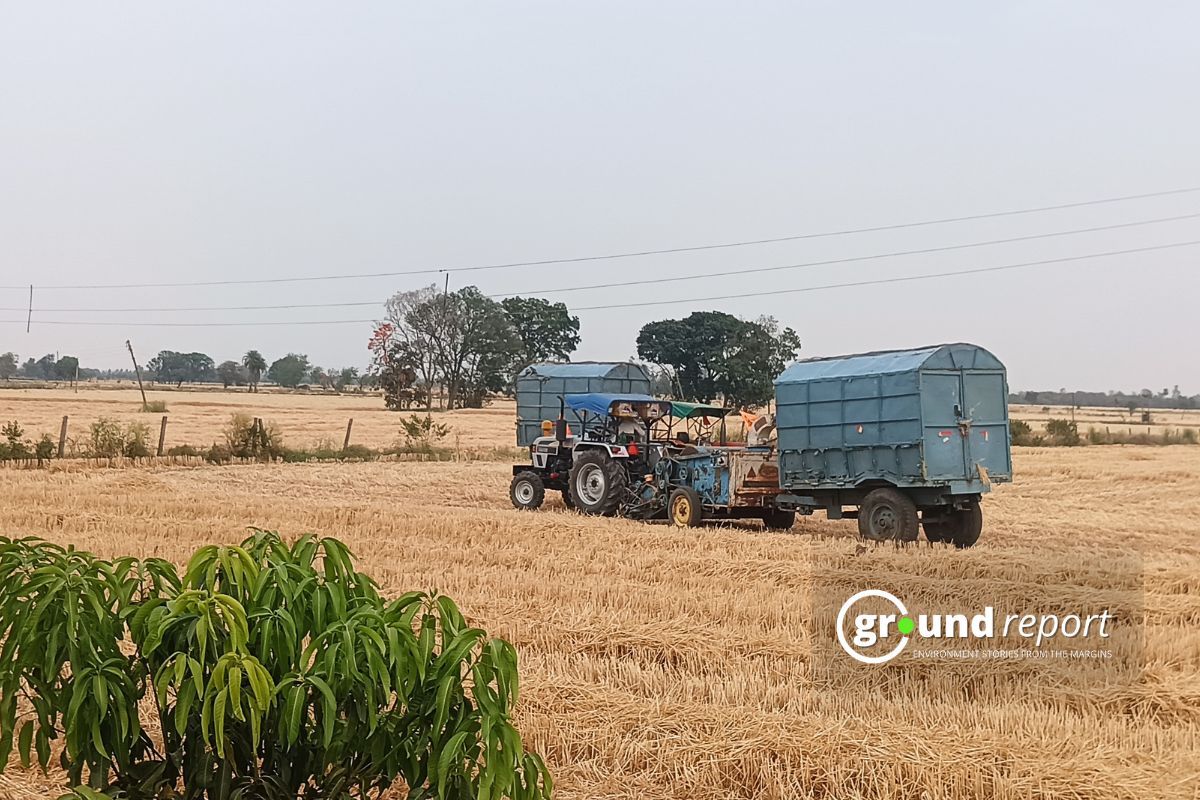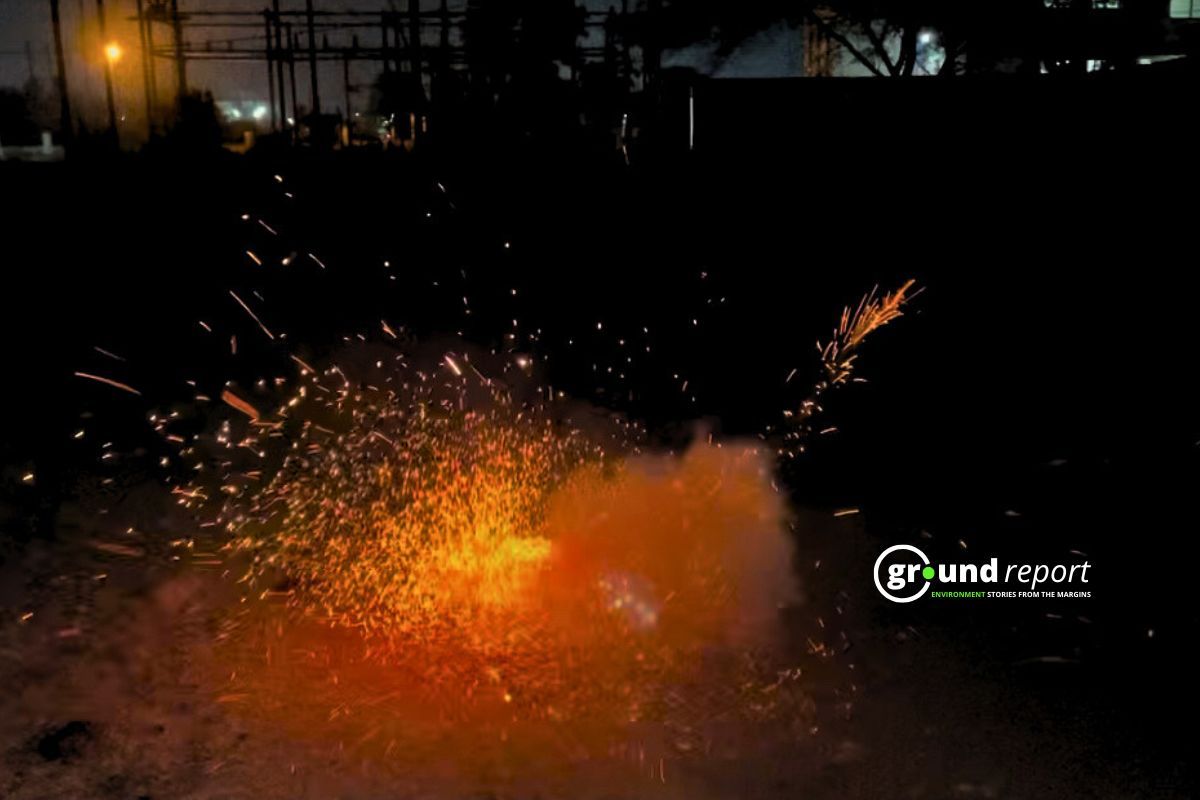In India, there are seven different types of soil deposits. Alluvial soil, black soil, red soil, laterite soil, desert soil, forest and mountainous soil, and marsh soil are some of the types. There are two types of alluvial soil: old alluvium known as Bangar, and (ii) young alluvium known as khaddar.
On the surface of the earth, minute rock particles, trash, and organic elements, such as humus, combine over time to form soil, which is essential for plant growth and can be characterized straightforwardly.
Even though the old classifications of the soil in India were not nearly as detailed as the classifications used today, they had been in use since ancient times. When classifying objects in ancient times, the only criteria that were taken into consideration were whether or not the soil was rich.
In recent times, when people first began to get an understanding of the numerous qualities that soil possesses, they began to categorize it according to factors such as its colour, moisture level, and texture. When it was created in 1956, the Soil Survey of India began researching the soils of India and the features of those soils. Numerous research on Indian soil was conducted by the National Bureau of Soil Survey and Land Use Planning, both of which are institutes that fall under the purview of the Indian Council of Agriculture Research.
Principal types of soil found in India
| Soil Type | States where found | Composition | Crops Grown |
|---|---|---|---|
| Alluvial Soil | Punjab, Haryana, Uttar Pradesh, Bihar, Jharkhand | Rich in phosphorus, potash, and lime; deficient in nitrogen | Wheat, rice, sugarcane, cotton, jute, grains, maize, fruits, vegetables |
| Black (Regur) Soil | Deccan plateau, Krishna and Godavari valleys, Andhra Pradesh, Madhya Pradesh, Tamil Nadu | Rich in iron, lime, aluminium, magnesium, calcium; lacks nitrogen, phosphorus, and humus | Cotton, sugarcane, jowar, tobacco, wheat, rice |
| Red Soil | Eastern parts of Deccan Plateau, Tamil Nadu, Goa, Odisha, Meghalaya | Rich in iron and potash; deficient in lime, nitrogen, phosphorus, and humus | Wheat, rice, cotton, sugarcane, pulses |
| Laterite Soil | Summits of Eastern and Western Ghats, Assam hills, Andhra Pradesh, Karnataka, West Bengal, Odisha | Rich in iron; poor in silica, lime, phosphorus, potash, humus | Tea, coffee, rubber, cashew, millets |
| Desert Soil | West and North-West India, Rajasthan, North Gujarat, Southern Punjab | Rich in soluble salts; deficient in organic matter | With irrigation, drought-resistant crops like millets, barley, cotton, maize, pulses |
| Mountain Soil | Hills of Jammu and Kashmir, Uttarakhand, Assam hills | Rich in iron and humus; deficient in lime | With fertilizers, tea, fruits, medicinal plants |
| Saline and Alkaline Soil | Drier parts of Bihar, Jharkhand, Uttar Pradesh, Haryana, Punjab, Rajasthan, Maharashtra | Contains salts like sodium, magnesium, calcium | Not suitable for agriculture |
| Peaty and Marshy Soil | Kerala, coastal regions of Odisha, Tamil Nadu, Sunderbans of West Bengal | Contains soluble salts, and organic matter; lacks potash and phosphates | Rice and jute cultivation |
Red & Yellow Soil (Omnibus Group)
-
- Also known as the “omnibus group”.
- Covers about 18.5 % of the total land area.
- Found in regions of low rainfall, particularly in the eastern and southern parts of the Deccan Plateau, parts of Odisha, Chattisgarh, and the southern parts of the Middle Ganga Plain.
- Red color due to the presence of iron in crystalline and metamorphic rocks; appears yellow when hydrated.
- Fertile when fine-grained; less fertile when coarse-grained.
- Generally deficient in nitrogen, phosphorus, and humus.
- Cultivation includes wheat, cotton, oilseeds, millets, tobacco, and pulses.
-
Black or Regur Soil (Black Cotton Soil)
- Covers about 15% of the total land area.
- Found in most parts of the Deccan Plateau, parts of Maharashtra, Madhya Pradesh, Gujarat, Andhra Pradesh, and some parts of Tamil Nadu.
- Varies in color from deep black to grey.
- Clayey, deep, and impermeable; swells and becomes sticky when wet.
- Rich in iron, lime, aluminium, magnesium, and potassium; deficient in nitrogen, phosphorus, and organic matter.
- Cultivation includes cotton, pulses, millets, castor, tobacco, sugarcane, and citrus fruits.
-
Desert Soil (Arid Soil)
- Accounts for over 4.42 % of the total land area.
- Color ranges from red to brown.
- Sandy to gravelly texture, low moisture content, and low water-retaining capacity.
- Saline in nature; contains high salt content.
- Deficient in nitrogen; phosphate content is normal.
- Found in western Rajasthan and contains little humus and organic matter.
-
Laterite Soil
- Accounts for about 3.7% of the total area.
- Formed in monsoon climates with seasonal rainfall; rich in iron oxide and aluminium.
- Deficient in organic matter, nitrogen, phosphate, and calcium; abundant in iron oxide and potash.
- Found in Karnataka, Tamil Nadu, Kerala, Madhya Pradesh, hilly regions of Assam, and Odisha.
- Hardens rapidly on exposure to air; used as building bricks in southern India.
-
Mountain Soil
- Found in forest regions with sufficient rainfall.
- Texture varies depending on the mountain environment.
- Coarse-grained in upper slopes, loamy, and silty on valley sides.
- Fertile in lower valleys; acidic with low humus content in snowbound areas of the Himalayas.
- Also known as forest soil.
-
Peaty and Marshy Soils
- Found in regions of heavy rainfall and high humidity; supports good growth of vegetation.
- Rich in humus and organic matter.
- Heavy and black in color; alkaline in many places.
- Found in southern Uttarakhand, northern Bihar, coastal areas of West Bengal, Odisha, and Tamil Nadu.
-
Saline and Alkaline Soils
- Have high percentages of sodium, magnesium, and potassium; infertile.
- Sandy to loamy texture; deficient in calcium and nitrogen.
- Found in arid and semi-arid areas, waterlogged, and swampy regions.
- Reclaimable by improving drainage and cultivating salt-resistant crops.
-
Red and Black Soil
- Developed over granite, gneiss, and quartzite of Precambrian and Archean eras.
- Generally low productivity; performs well with irrigation.
-
Grey and Brown Soil
- Found in Rajasthan and Gujarat; formed by weathering of granite, quartzite, and gneiss.
-
Submontane Soil
- Formed by deposition of eroded material from Shiwaliks and lesser Himalayas.
- Found in Tarai region; prone to soil erosion.
-
Snowfields
- Found under snow and glaciers at highest peaks of greater Himalayas; immature and unsuitable for crops.
-
Karewa Soil
- Lacustrine deposits in Kashmir Valley and Bhadarwah Valley; rich in fine silt, clay, and boulder gravels.
Soil is a vital component of the Earth’s ecosystem and life processes, making it imperative for us to preserve and protect it from exploitation. Failure to do so can have far-reaching consequences on the world’s ecosystems. Processes within the soil, such as ozone depletion, global warming, rainforest destruction, and water pollution, can have profound impacts that extend beyond local environments. Therefore, safeguarding soil health is essential for the overall well-being of our planet.
Follow Ground Report for Environmental News from India. Connect with us on Facebook, Twitter, Koo App, Instagram, Whatsapp and YouTube. Write us at GReport2018@gmail.com and subscribe to our free newsletter.
Don’t forget to check out our climate glossary, it helps in learning difficult environmental terms in simple language.








